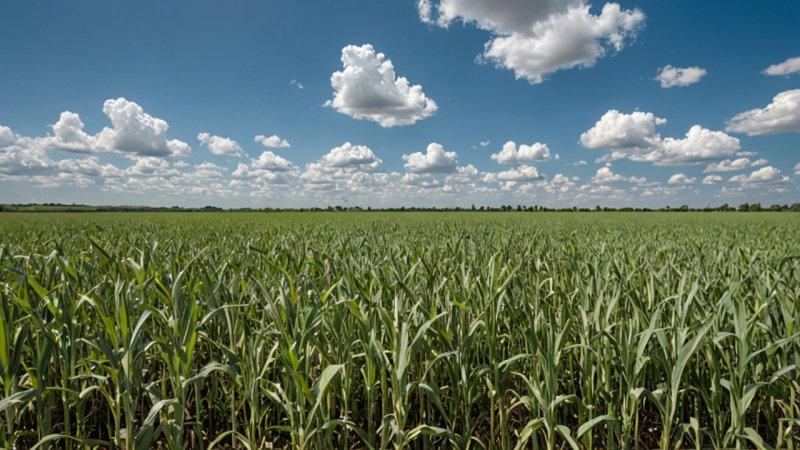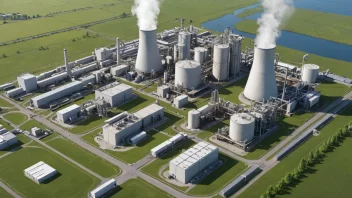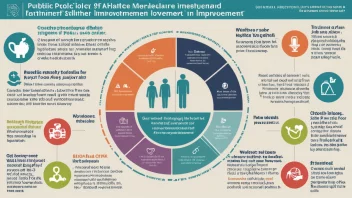The quest for sustainable energy sources is more urgent than ever, particularly in the face of climate change and the pressing need to reduce greenhouse gas emissions. Biofuels have emerged as a promising alternative to fossil fuels, offering a way to power our vehicles and industries while potentially lowering our carbon footprint. In this article, we will explore the potential of biofuels in reducing greenhouse gas emissions and highlight key aspects of this innovative energy source.
The Basics of Biofuels
Biofuels are derived from organic materials, such as plants and animal waste, and can be used as a substitute for gasoline, diesel, and other fossil fuels. There are two primary types of biofuels: bioethanol, which is made from fermenting sugars found in crops like corn and sugarcane, and biodiesel, which is produced from vegetable oils or animal fats. These fuels can be blended with traditional fossil fuels or used in their pure forms, depending on the engine and technology.
How Biofuels Reduce Greenhouse Gas Emissions
One of the most significant advantages of biofuels is their potential to reduce greenhouse gas emissions. Unlike fossil fuels, which release carbon dioxide that has been stored underground for millions of years, biofuels are part of the current carbon cycle. When biofuels are burned, they emit carbon dioxide, but this is offset by the carbon dioxide absorbed by the plants during their growth. This cycle can lead to a net reduction in greenhouse gas emissions, especially when sustainable farming practices are employed.
Life Cycle Analysis of Biofuels
To fully understand the environmental impact of biofuels, researchers conduct life cycle analyses (LCAs) that evaluate the emissions and energy consumption associated with their production, distribution, and use. LCAs take into account factors such as land use, water consumption, and agricultural practices. While some biofuels can offer significant emissions reductions, others may not be as beneficial when considering the entire life cycle, highlighting the importance of sustainable sourcing and production methods.
Innovations in Biofuel Technology
Advancements in biofuel technology continue to enhance the efficiency and sustainability of biofuels. For example, researchers are developing second-generation biofuels that utilize non-food feedstocks, such as agricultural waste, to avoid competition with food production. Additionally, breakthroughs in algae-based biofuels show promise, as algae can produce high yields of oil and can be grown in various environments, including saltwater and wastewater. These innovations could significantly expand the potential of biofuels as a sustainable energy source.
Challenges and Considerations
Despite their potential, biofuels face several challenges that must be addressed for widespread adoption. Issues such as land use change, food security, and the need for infrastructure to support biofuel production and distribution are critical considerations. Policymakers and researchers are working to develop guidelines and practices that promote sustainable biofuel production while minimizing negative impacts on ecosystems and communities.
In conclusion, biofuels present a promising avenue for reducing greenhouse gas emissions and transitioning to a more sustainable energy future. By understanding the fundamentals of biofuels, their environmental benefits, and the innovations shaping their development, we can better appreciate their role in combating climate change. However, it is essential to address the challenges associated with biofuel production to ensure that their benefits are realized without compromising food security or environmental health.






